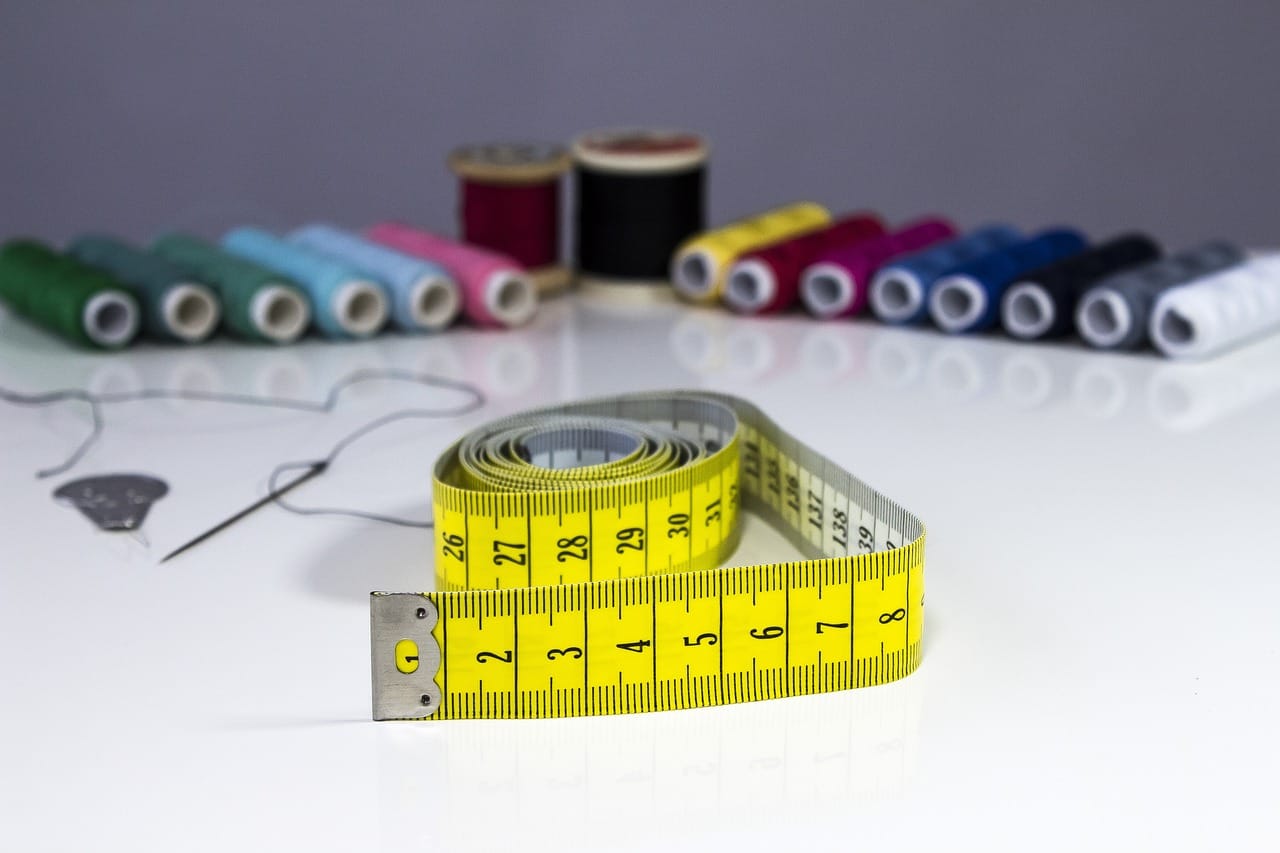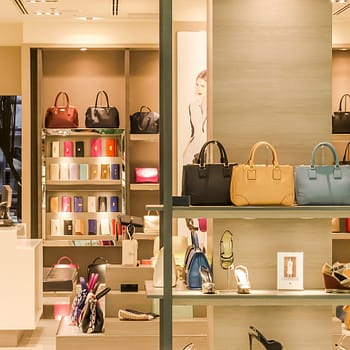How Improved Sizing Information Could Cut Returns For Fashion Brands
We have created multiple articles in recent times about the increasingly important topic of returns. Fashion brands, retailers and those of us working in e-commerce fashion photography have seen an explosion in consumers returning products. Whilst this does help brands appeal to customers, it is also causing a strain on supply chains and costs at retailers of all sizes.
As a result of this problem, a significant amount of research is taking place on how best to solve the challenge of returns. An interesting finding is that if brands provide a better level of sizing information and guidance, then it may well have a direct impact on how many returns they will have to deal with.
So what does the research tell us?
At the heart of the research is the fact that 65% of Gen Z respondents believe improved size information would reduce the number of products they return. Furthermore, it would help reduce the carbon cost of online shopping which is another critical consideration for younger generations.
Research by True Fit found that 21% of the 1000 shoppers analysed would return less if they knew the true impact on the environment when deciding to return items. If we take this a step further, research by the British Fashion Council found that approximately 23 million garments were sent to landfill after being returned by consumers in 2022. This is the equivalent of 750,000 tonnes of CO2.
If we understand the impact on the environment, then it is clear work needs to be done to make it easier for shoppers to buy the right size of clothing. An impressive 62% of shoppers believe the retailers themselves can help increase sustainability through actions like focusing less on fast fashion.
Fashion brands are starting to fight against the tide of returns
Moving away from the issue of improved sizing, fashion brands are starting to tackle the problem of returns in other ways. For example, an online retailer in Sweden has blocked thousands of customers who have returned too many items. They believe that customers who take advantage of or exploit free shipping are a major cause of the problems retailers and the environment face.
If this is true, then that adds even more urgency to the idea of improving sizing information when shopping online.
Recommendations for reducing returns
Working in e-commerce fashion photography means we collaborate with a wide range of businesses in both fashion, retail and e-commerce. Having discussed this issue with them, we’ve discovered some key recommendations that will help others reduce returns whilst maintaining the experience for consumers. They include:
- Making sure there is a fair and effective policy on how to deal with e-commerce returns.
- Ensure there is an effective customer service system in place.
- Improve the detail in product descriptions (for example, sizing information).
- Improve the quality of images for a garment so that a consumer has a better understanding of how it will look.
- Build better quality control measures to minimise shipping of damaged or defective items.




